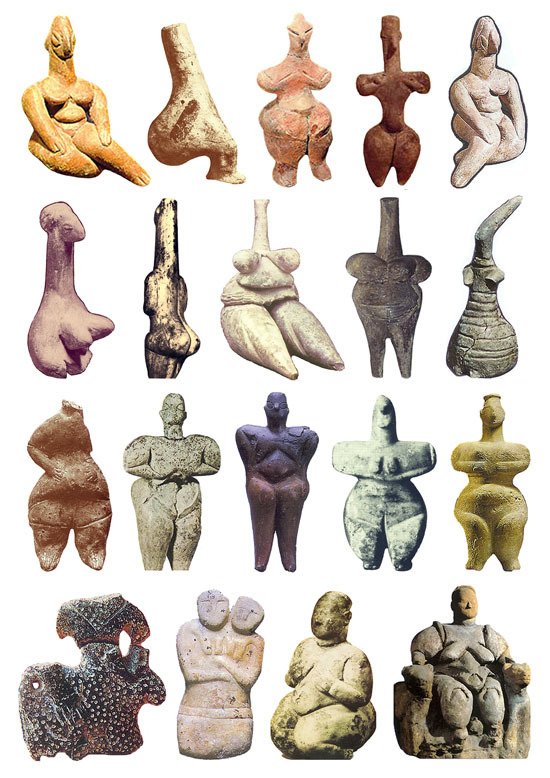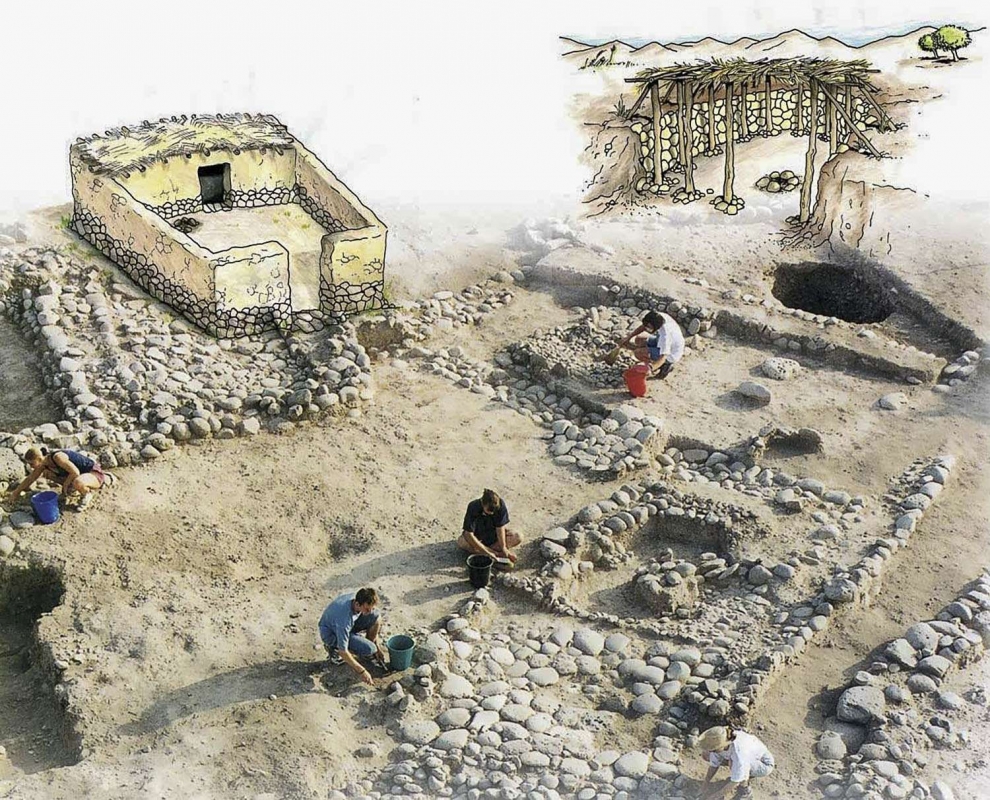Archaeologists conducting excavations at the Shaar HaGolan archaeological site in the Jordan Valley made a remarkable discovery—an 8,000-year-old cult figurine. This ancient artifact, belonging to the Yarmoukian culture, portrays a pagan ancestor mother. The find sheds light on a prehistoric civilization that predates well-known historical periods such as the Israelites, Palestinians, Romans, Greeks, and the Kingdom of Judah. The Yarmoukian culture, which thrived during the Neolithic period, is recognized as the earliest prehistoric culture in what is now Israel. This article explores the significance of the pagan mother goddess statue and its implications for understanding the Yarmoukian civilization.
Origin of Goddess Mother Figurines
The Yarmoukian culture, existing from 6400 to 5800 B.C., emerged during humanity’s transition from a gathering culture to settled communities. The Yarmoukians engaged in agriculture, cultivating crops like wheat and barley, and practiced crafts, including pottery making. Notably, their pottery featured a distinct herringbone pattern and intricate designs painted in red, with horizontal, vertical, and diagonal lines.
An iconic feature of the Yarmoukian culture was the depiction of statuettes representing the Mother Goddess. Similar to other pagan beliefs, these figurines symbolized fertility and were believed to bring abundance and ensure the birth of healthy offspring.

Discovery of the Clay Figurine: A Window into Yarmoukian Art
The excavations took place near the Yarmuk River, close to the kibbutz Shaar Hagolan, believed to be a significant Yarmoukian settlement. Among the findings was a clay figurine, approximately 20 centimeters in size, depicting a woman in a seated position. Interestingly, the statue was discovered in two fragmented parts near the wall of a house.
Dr. Julien Vieg from the French Research Center, a co-director of the excavations, confirmed that the artifact belonged to the Yarmouk culture. The woman figure, characterized by wide hips, a pointed hat, dark eyes, and a large nose, had one hand resting on her hip and the other under her breast. Adjacent to the figurine, archaeologists also found a stone with carved eyes and mouth.

Insights and Significance Mother Goddess statuettes
Archaeologists have encountered similar Mother Goddess statuettes in the past, but this recent discovery stands out as one of the largest. Each element of the figurine holds symbolic meaning within the Yarmouk culture. The careful creation process involved a complex procedure of clay wrapping and layering around a core-shaped center. This find significantly contributes to our understanding of the ancient Yarmoukian civilization by providing valuable insights into their artistic traditions, religious practices, and social structures.

It offers a glimpse into the craftsmanship and artistic skills of the Yarmoukians, showcasing their ability to create intricate and meaningful representations. The symbolic significance of these figurines within the Yarmouk culture underscores the importance of fertility and abundance in their belief system. Furthermore, studying this discovery allows archaeologists to gain a deeper understanding of the religious and social aspects of the Yarmoukian society, shedding light on their cultural identity and providing a broader picture of their ancient civilization.
The Enigmatic Shaar Hagolan Site
The Shaar Hagolan site, excavated since the mid-20th century, was identified as belonging to the Jarmuk culture. Recent excavations, adjacent to previous ones, aim to delve deeper into the Neolithic pre-ceramic level, allowing researchers to explore the ancient culture and pottery production.

The discovery of the Mother Goddess figurine adds another piece to the puzzle, offering researchers an opportunity to study the material composition of the artifact and investigate whether the image was solely associated with Yarmoukian religious practices or part of a more established religion.
The unearthing of an 8,000-year-old statue of the Goddess Mother at the Shaar HaGolan site has provided archaeologists with valuable insights into the ancient Yarmoukian culture. This discovery sheds light on a prehistoric period predating well-known civilizations in the region. The pagan mother goddess figurine, with its symbolic representation of fertility, offers clues to the religious beliefs and social structures of the Yarmoukian people. As further excavations and research unfold, scientists hope to unravel more mysteries surrounding this ancient civilization and gain a deeper understanding of the rich history of the land of Israel.
